RECIPE: ROASTED WHOLE FIG TARTELETTES
When I was a kid, I hated eating fruits. Juices were sometimes okay, but eating a whole apple? Gross. It felt too strange in my mouth, both crunchy and soft, firm yet juicy. Not to mention its overpowering tangy taste… it was too confusing for a kid used to a modern diet of spaghetti and meatballs, Doritos, and the Brazilian staple of steak with arroz e feijão. Every Rosh Hashanah I was tortured to eat apples with honey for a sweet New Year. And it was not only apples that scared me but all kinds of fruits. Some were surprisingly soft and mushy inside and had all kinds of seeds and deadly pits hidden in the center. But somewhere in the back of my mind, I knew that by the time I would grow up this would have to change. It would be too ridiculous to refuse a tangerine at the ripe old age of twenty on the grounds that I felt “icky” about eating fruit. And probably like a lot of other children, I started getting used to fruits by consuming them when they were almost unrecognizable: transformed appearance, engineered consistency and/or taste, loaded with sugar (e.g. fruits roll-ups, gushers… you get the idea).
The other night, we went to one of our favorite restaurants in the area, La Coulemelle, a great bistrot-style place in Saint-Bonnet-le-Froid (which would literally translate to Saint-Beanie-the-Cold — probably one of the best village names I ever heard). They had just entirely changed the menu and when dessert time came, I couldn’t help but feeling a little disappointed at first. They only had desserts with fruits in them. No chocolate. No caramel. No nuts. Just lemon, fig, and peach. There it was; my childhood reluctancy to eat fruits was still lingering in my grown-up body.
Adélaïde managed to convince me to order the figues rôties. As the waiter brought my plate, it struck me to see that the figs were not distorted like in most desserts. I was wriggling in my chair. They were whole, beautiful and a little intimidating but as I started eating spoonfuls of them, I realized I love figs just as they are. Because you could really feel the taste of figs exploding at every bite. It was like I could suddenly swallow all the fruits in the universe and enjoy it. It was actually so good we went to see the chef and asked for the recipe. Luckily, Michel was kind enough to share it with us: dribble honey, butter, Maury wine (from Roussillon), and salt on the figs and put them in the oven for 5 minutes. Disarmingly simple. A couple of days later, we made a tartelette version of this dessert de la maturité.
Aromatic fruits like figs and pomegranates remind me of the Mediterranean sea and the lands of my great-grandparents, Izmir and Rhodes. In the book I’m reading at the moment, Belle du Seigneur, by Albert Cohen, the main character, Solal, is a League of Nations officer who also comes from that region, from the island of Cephalonia. And he uses precisely this imagery of oriental flora and Mediterranean paradise to ravish Ariane, the woman he wants to seduce:
What kinds of trees were there in Cephalonia, asked this daughter of wealth, this consumer of nature’s beauties. With a faraway look in his eye he reeled off the names of the trees he had so often recited to others, ran through the list of them: cypress-trees, orange-trees, lemon-trees, olive-trees, pomegranate-trees, citron-trees, myrtle-trees, mastic-trees. Reaching the limit of his knowledge, he went on inventing lemonella-trees, tuba-trees, circass-trees, prune-trees and even puple-trees. Wonderingly she inhaled the vanilla-sweet fragrance of his miraculous forest.
Roasted whole fig tartelettes | Serves 4
The pastry:
- 100g good quality flour
- 60g unsalted butter
- 40g powdered sugar
- 8g almond powder
- 20g egg
- a pinch of salt
- On a clean work surface, directly sift the flower, powdered sugar, almond powder and add a generous pinch of salt. Mix gently with your fingers to blend the ingredients. It is important that the powders are sifted to avoid lumps and to get a smooth pastry. Cut the butter into small cubes and start mixing into the dry ingredients. Sweep up and gather the blend in your hands and gently rub them against each other until the butter is integrated in the powder. The blend should look like rough sand and turn into a rich yellow color. This sablage should take a few minutes.
- Form a well and add in the beaten egg. In circles, rub the egg into the flour/butter blend until it forms a homogenous dough. The pastry should be smooth. Knead as little as possible. Shape into a ball and flatten it down a little so it’ll be easier to roll out. Wrap in film and refrigerate for at least an hour. You can even start by putting it in the freezer for 15 minutes.
- Dust your work surface with a thin and even layer of flour. Roll out the pastry until it is app. 3mm thick. Make sure the pastry doesn’t stick by rotating it regularly by a quarter of a turn. Line 4 app. 9-10cm buttered pie plates or tart rings and poke holes into the bottom of the crust with a fork. Store in the freezer for 30 minutes before using.
- If you have a little extra pastry and want to decorate your tartelettes, roll out the remaining pastry and punch a few shapes with the pastry cutter of your choice. You can sprinkle those biscuits with brown sugar and cinnamon or any other spice and nuts before baking.
- Prebake the tart shells in a preheated convection oven at 160°C for 15-20 min and the biscuits for app. 8-10 min or until golden.
- Remove the tart rings. Reserve the tart shells and biscuits on a rack to cool.
Note: if you have a stand mixer, you can sift the powders and add the chopped butter directly in the mixing bowl. Mix on medium speed with the paddle until the blend gets the desired consistency. Then add in the egg and keep beating until it starts forming a ball. Finish smoothing out by hand, shape into a ball and flatten it down. Wrap in film and refrigerate.
The figs & garnish:
- 8-12 whole figs
- 20g salted butter
- 4 tsp honey
- 4 tbsp Maury wine (or any other sweet wine, white or red)
- 4 tbsp hazelnut powder
- Preheat your oven to 200°C.
- Wash the figs and make an app. 1.5-2cm deep cross incision at the top. Lay on a oven-proof baking pan.
- Cut the butter in 4 pieces and place one piece into each fig. Dribble each fig with 1 tsp honey and 1 tbsp wine. Roast for app. 5 minutes or until the figs reach the desired consistency & color.
- Lay 1 tbsp of hazelnut powder on each tart shell and spread into a thin, even layer. This will absorb the liquid from the figs and will keep your crust nice and crunchy. It’s actually a useful and easy thing to do for any fruit tart when you don’t have time to make almond cream. Arrange the figs and biscuits on the tart shells (2-3 figs per tartelette depending on the size of the figs).

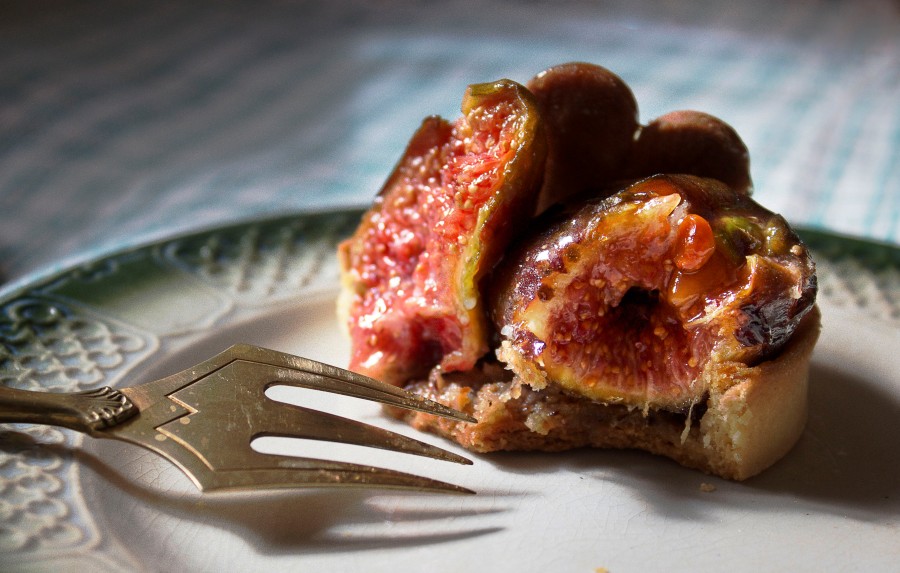
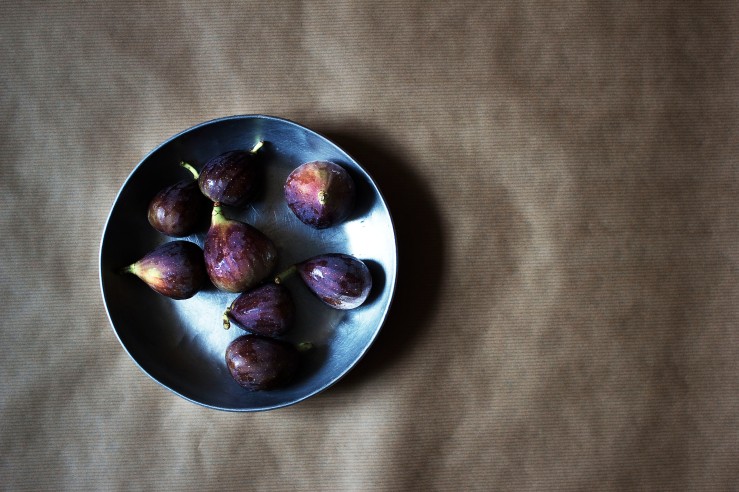
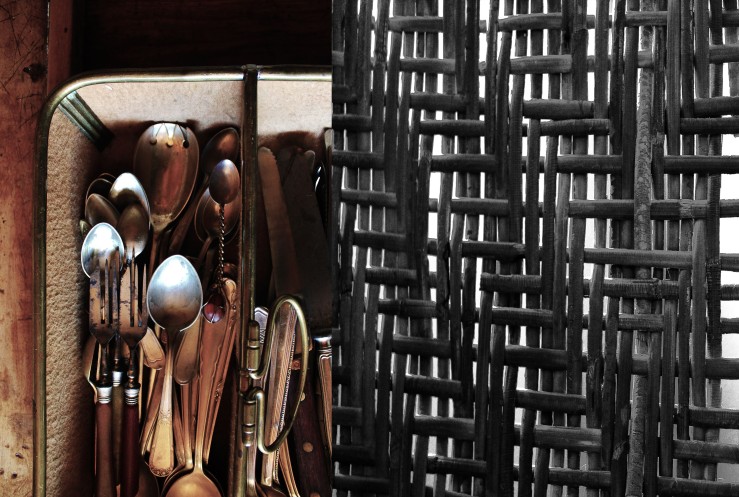
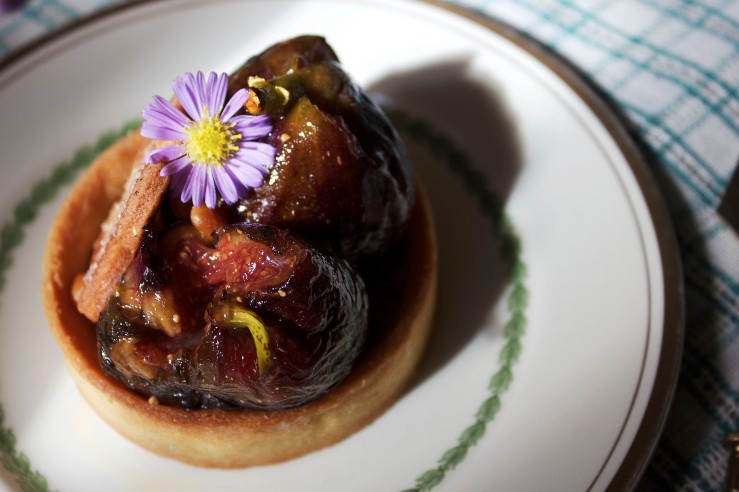

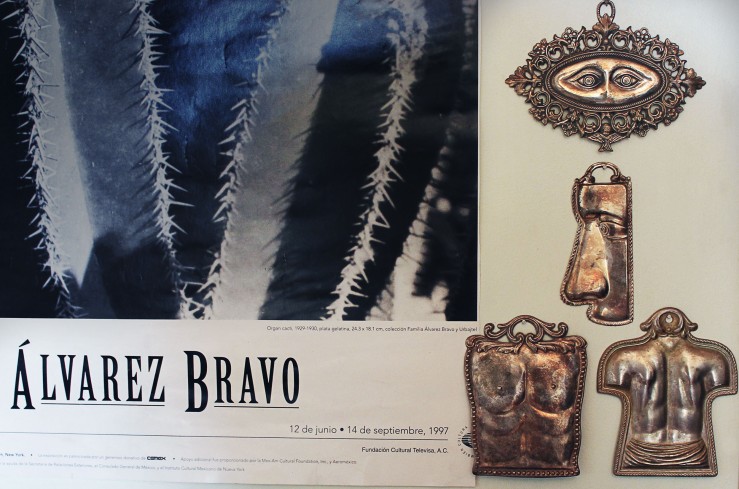
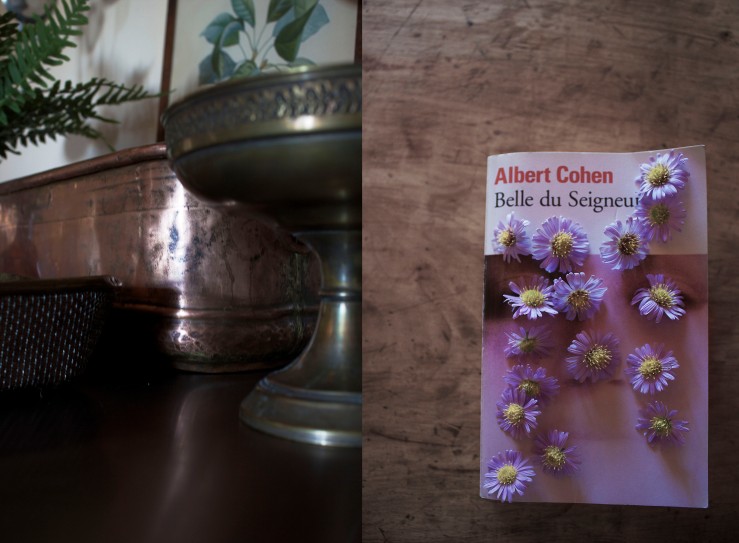
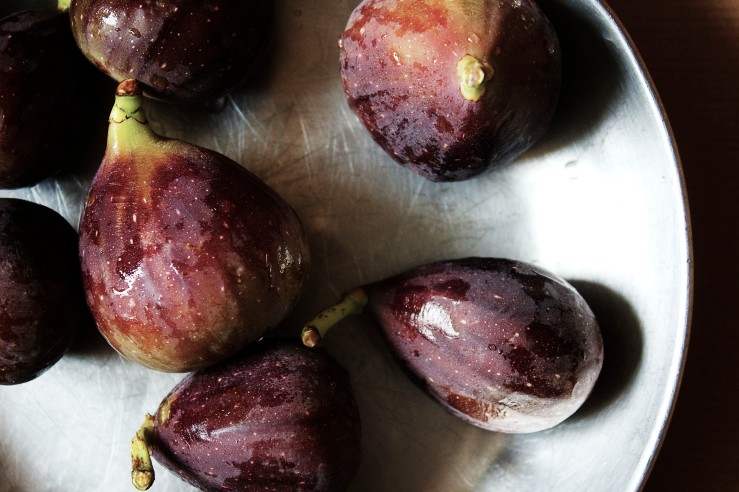
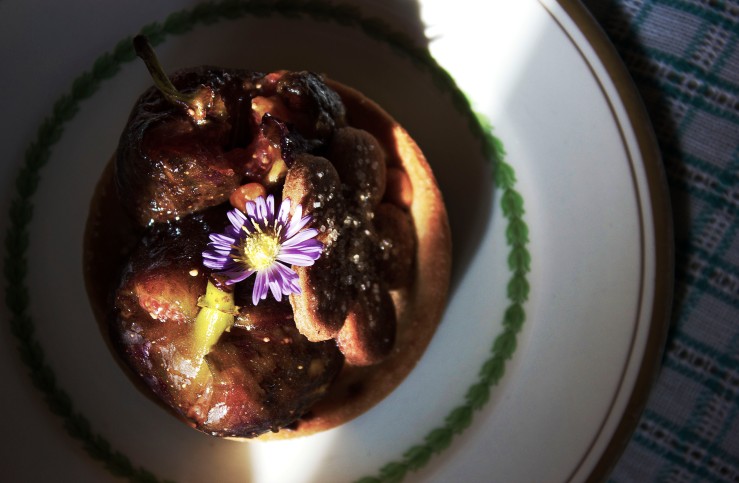
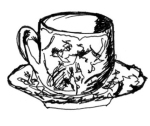
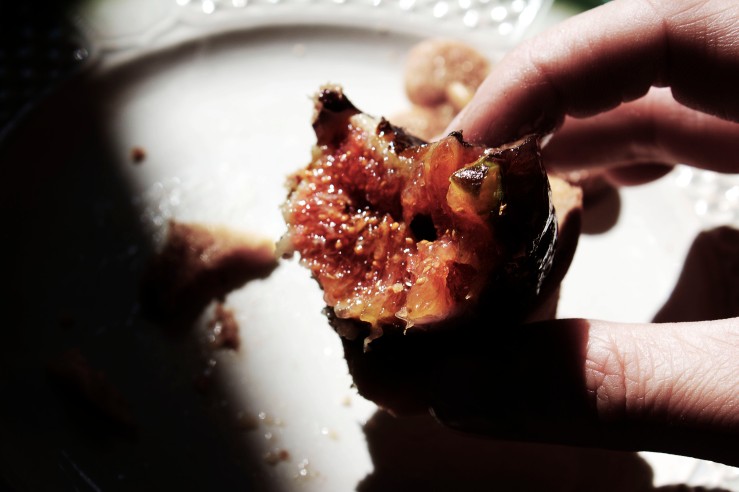

I was always a bit funny with figs, never sure whether I really liked them or not but then I think it was about 2 years ago I had one and was completely and utterly sold. They are now one of my favourite fruits (not too keen on them dried though). Your recipe looks delicious and your photos are gorgeous x
LikeLiked by 1 person
I totally identify with what you’re saying… Next time we’ll have to use figs for a tajine or something :).
Thank you so much! xx
LikeLiked by 1 person
Wonderful treatment of the elegant fruit! Love it, Andre! Hugs from SFO.
LikeLiked by 1 person
Love it, Andre. Hugs from SFO!
LikeLiked by 1 person
Reblogged this on Likeitiz and commented:
Here’s a tribute to an elegant fruit, from one of my daughter’s dear friends, who has now made his life in France.
LikeLiked by 1 person
Thank you Mary-Ann! Good to know you are enjoying our posts. We can’t wait to see you in the Philippines!
LikeLiked by 1 person
This sounds so delicious. Will try to make it soon and report how it turns out. I remember when you were little and would not go near a fruit or vegetable….so happy you have discovered the joy of eating fruit.
I buy a bag of fruit just about every day from the Mexican fruit vendors on every corner of LA….con lemon y chili bien sabrosa. Love to you and Adelaide.
Tia Julie
LikeLiked by 2 people
Thanks Julie. I’m sure you definitely remember all that…Looking forward to getting a jicama con chile and lime juice with you next time we’re in LA :)
LikeLike
It makes me sad you can’t come. I would have enjoyed listening to your piano riffs and meeting your bride. But, perhaps one day, when Louie and I decide to visit France….
LikeLike
Oh no! I meant to say we can’t wait to come to the Philippines for the wedding!
LikeLiked by 1 person
I dig figs!
LikeLiked by 1 person
Stunning! I love your blog x
LikeLiked by 1 person
Thank you so much! So glad to hear you like it x
LikeLiked by 1 person